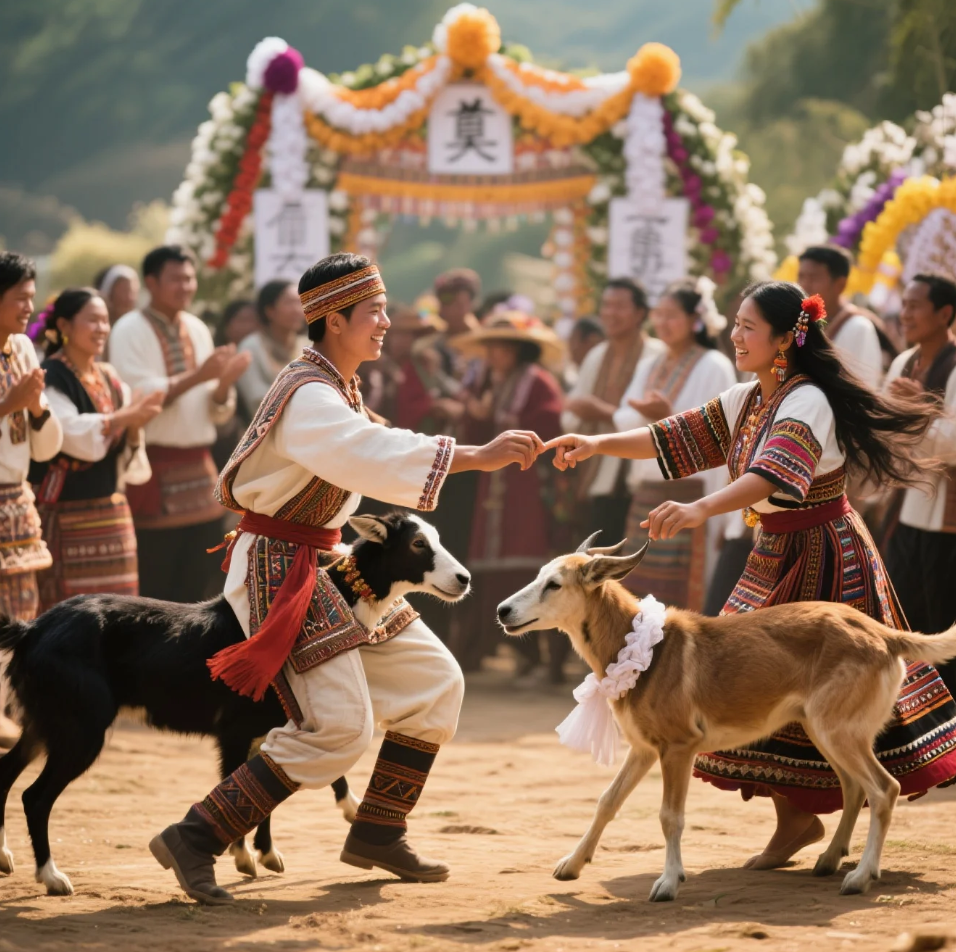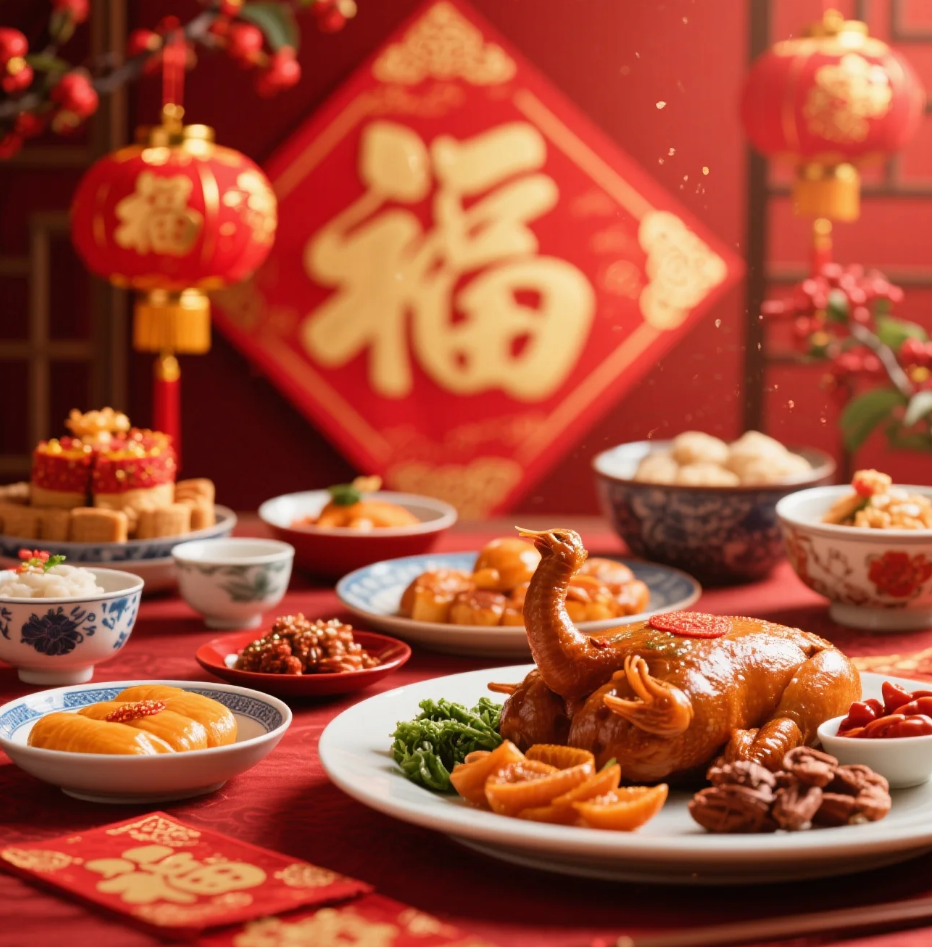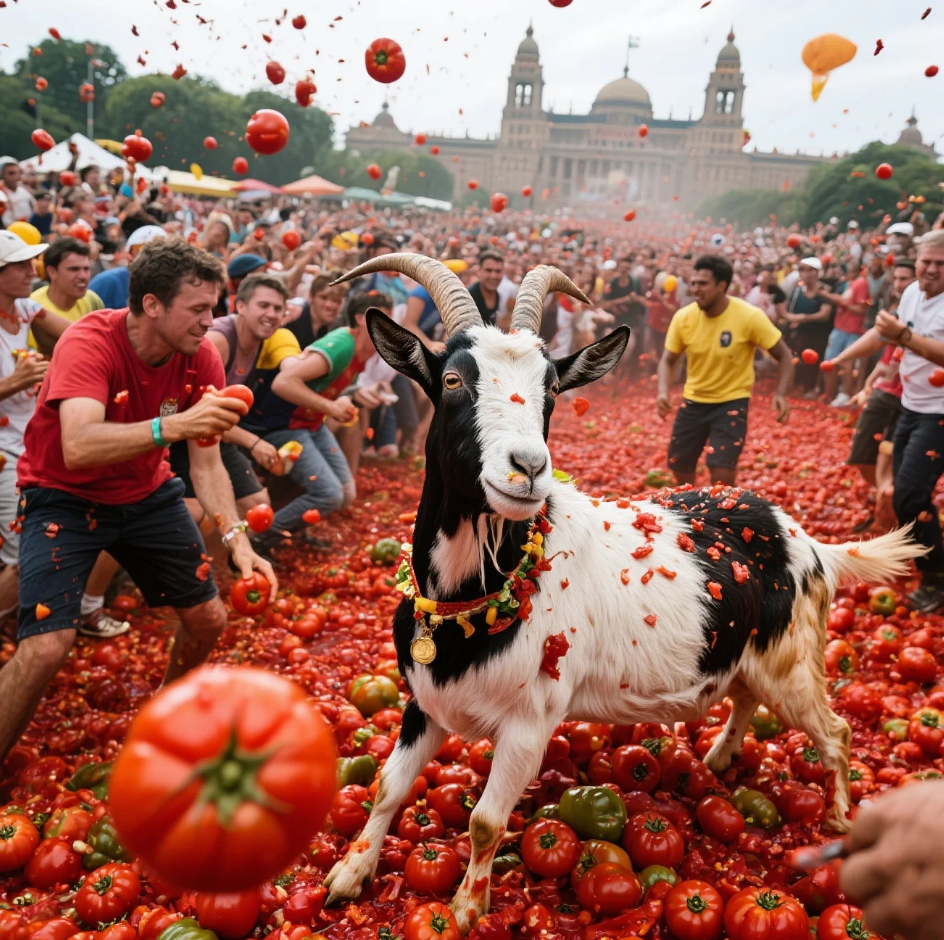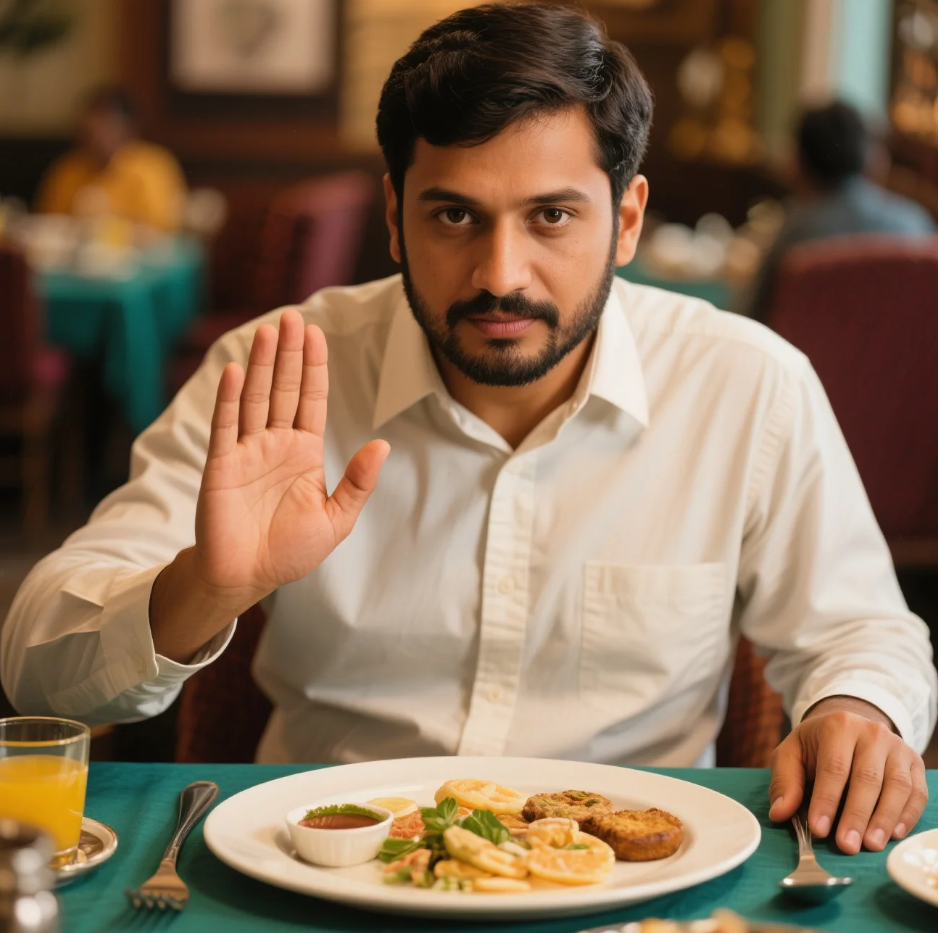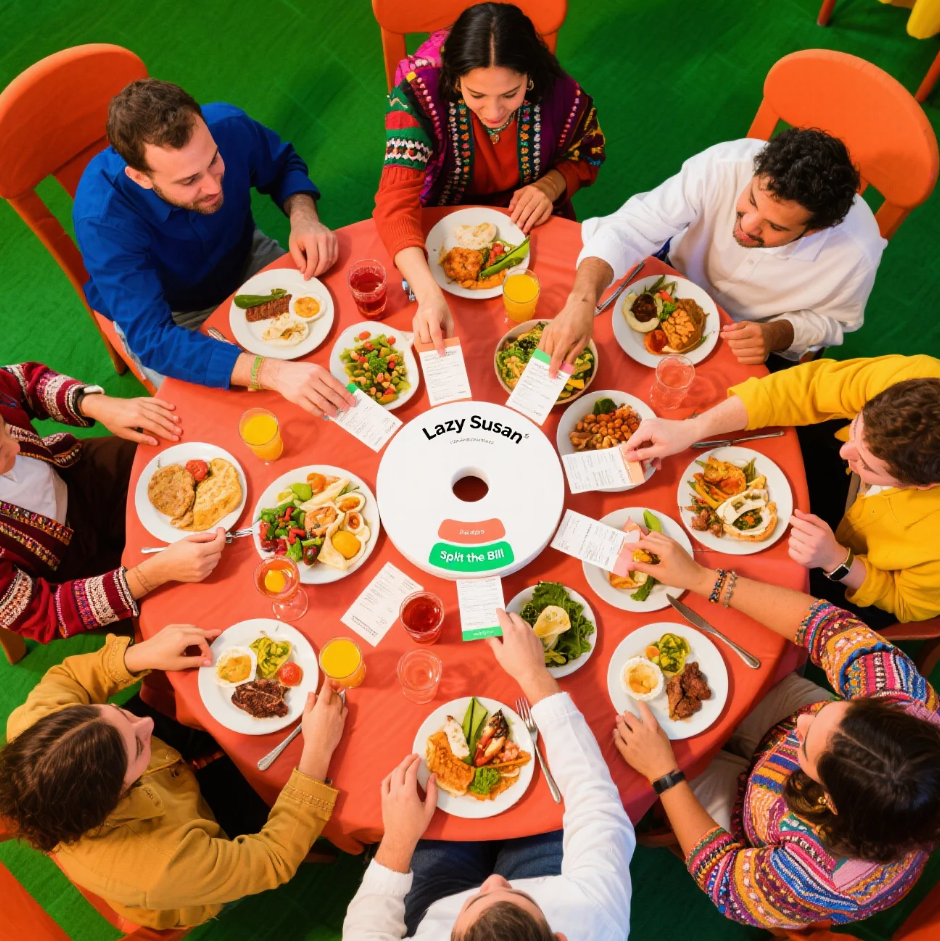
When you think of a festival, what comes to mind? Fireworks? Parades? Traditional dances? What if I told you there’s a global phenomenon where people gather to whack each other with pillows, and it’s not just a silly schoolyard game but an actual cultural event? Welcome to the wild world of Pillow Fight Festivals—and while you’re at it, prepare to dive into some of the most bizarre public celebrations the world has to offer.
The Unexpected Rise of Pillow Fight Festivals
Believe it or not, pillow fights aren’t just something kids do when the lights go out at a sleepover. In recent years, “Pillow Fight Festivals” have popped up all over the globe—from New York City’s bustling parks to the streets of Tokyo—transforming a playful pastime into a massive, organized cultural event.
The concept is simple: masses of people armed with fluffy pillows gather in a public space, and at a designated time, they start hitting each other with these soft weapons. No winners, no losers, just pure fun. But beyond the surface, these festivals carry a deeper social function.
Why Pillow Fight?
You might wonder, why would grown adults dedicate time to pillow fighting en masse? Part of it is nostalgia, a return to carefree childhood antics in a world full of stress and screens. Another reason is community building. These festivals create a temporary utopia of joy and connection, reminding people of the power of collective fun.
Moreover, the Pillow Fight Festival phenomenon originated with groups like the New York Pillow Fight League, which in 2008 organized the first official event, quickly sparking a worldwide trend. Now, many cities hold annual pillow fight days, attracting thousands of participants and even tourists eager for a quirky experience.
More Strange Festivals From Around the Globe

If pillow fights get your heart racing, wait until you hear about these other odd public celebrations. They’re weird, wild, and totally real.
La Tomatina – The World’s Biggest Food Fight
In Buñol, Spain, every August, tens of thousands of people gather for La Tomatina, a festival dedicated entirely to throwing overripe tomatoes at each other. This messy tradition started accidentally in the mid-20th century but quickly became a beloved annual event. Imagine streets flooded with tomato pulp and people slipping and sliding, all in the name of fun.
Baby Jumping Festival – Spain’s Leap of Faith
Also in Spain, in the small town of Castrillo de Murcia, locals observe the “El Colacho” festival, where men dressed as devils leap over rows of babies lying on mattresses in the street. The event, dating back to 1620, is believed to cleanse the babies of original sin and protect them from evil spirits. It’s bizarre and slightly terrifying, but an important cultural ritual for the town.
The Night of the Radishes – Oaxaca’s Vegetable Art Show
Every December in Oaxaca, Mexico, the “Noche de Rábanos” sees locals carve radishes into intricate sculptures depicting everything from nativity scenes to local folklore. It’s a bizarre but fascinating blend of agriculture, art, and celebration, drawing crowds who come to admire the creativity—and maybe grab some spicy snacks.
Monkey Buffet Festival – Thailand’s Primate Party
In Lopburi, Thailand, the locals host an extravagant buffet for their beloved monkeys each November. Tables are laden with fruits, vegetables, and treats for the macaques, who roam the town freely. The festival is a mix of tourism attraction and spiritual respect, as monkeys are considered sacred in the region.
What These Festivals Say About Culture
Strange as these celebrations might seem, they reveal a fundamental truth: culture is about identity, community, and sometimes letting loose in unexpected ways. Each festival reflects the values, histories, and humor of its people.
Pillow Fight Festivals emphasize joy and shared humanity in a hectic modern world. La Tomatina turns the mundane act of eating into a wild, messy party. El Colacho reveals how ancient beliefs and rituals endure in surprising forms. Oaxaca’s radish carving highlights creativity rooted in tradition, and Lopburi’s monkey banquet blends reverence with whimsy.

Why We Need More WTF Customs in Our Lives
In a world that often feels divided and serious, these oddball public celebrations remind us to embrace the unexpected, to laugh, and to connect. They’re perfect antidotes to everyday stress and offer fresh perspectives on what culture can be.
So next time you hear about a pillow fight happening downtown, don’t scoff—grab a pillow and join in. Who knows? You might just discover that sometimes the best way to understand a culture is by hitting it softly with a fluffy weapon.







